More about Man Ray
- All
- Info
- Shop
Works by Man Ray

Sr. Contributor
The only conventional thing Emmanuel Radnitzky ever did was change his name to the more socially acceptable Man Ray and disguise his heritage.
Born in Philadelphia in 1890 to Jewish-Immigrant tailors, changing his name was an uncharacteristically bourgeois move for an artist whose motto was “pursuit of pleasure and liberty.” His niece once said that in his studio you could do anything you wanted “…except spill the chemicals.”
True to this rebellious spirit, he turned down a scholarship in architecture to pursue la vie boheme. He studied at the Ferrer Center, an anarchist artists’ colony where “everything was open and free, even love.” He certainly took his lessons in free love to heart in 1920s Paris. Every artist must have a muse, and an artist as influential as Ray apparently required several. The man liked to dip his paintbrush, so to speak.
First came model and performance artist “Kiki” who posed for Ray’s iconic photograph, Le Violin de Ingres (1924), depicting a nude Kiki as a violin. He then began an affair with fellow photographer Lee Miller, whom he also photographed nude. In 1930, Ray and Miller foreshadowed the psychedelic disco era 40 years before its time by projecting color film onto the white clothes of guests for a high-society ball. He and Marcel Duchamp teamed up for the experimental film Elsa, Baroness von Freytag-Loringhoven shaves her pubic hair…do we dare assume there was something going on besides a little landscaping below the Baroness’s belt? Draw your own conclusions.
Fleeing his amorous and artistic adventures in Paris for Hollywood with the outbreak of World War II, Ray finally settled (?) down with a nice Jewish girl, dancer, and model Juliet Browner. They married in a double wedding with surrealist couple Max Ernst and Dorothea Tanning. Married life didn’t get in the way of Man Ray’s interest in beautiful women, especially movie star Ava Gardner, with whom he became infatuated while taking publicity stills for Pandora and the Flying Dutchman (1951). He designed a modernist chess set for the film and painted a portrait of Gardner that was later rejected. Perhaps the painting was too radical for Hollywood. In either case, Ray certainly was. He returned to his beloved Paris where he died in 1976.
Best remembered for his glamorous portraits and fashion shoots of avant-garde celebrities, Man Ray was also a painter, filmmaker, sculptor, craftsman, and conceptual artist. He once wrote, “There is no progress in art, any more than there is progress in making love…simply different ways of doing it.” In the studio and the bedroom, variety was always the spice of life for Man Ray.
Featured Content
Here is what Wikipedia says about Man Ray
Man Ray (born Emmanuel Radnitzky; August 27, 1890 – November 18, 1976) was an American visual artist who spent most of his career in Paris. He was a significant contributor to the Dada and Surrealist movements, although his ties to each were informal. He produced major works in a variety of media but considered himself a painter above all. He was best known for his pioneering photography, and was a renowned fashion and portrait photographer. He is also noted for his work with photograms, which he called "rayographs" in reference to himself.
Check out the full Wikipedia article about Man Ray

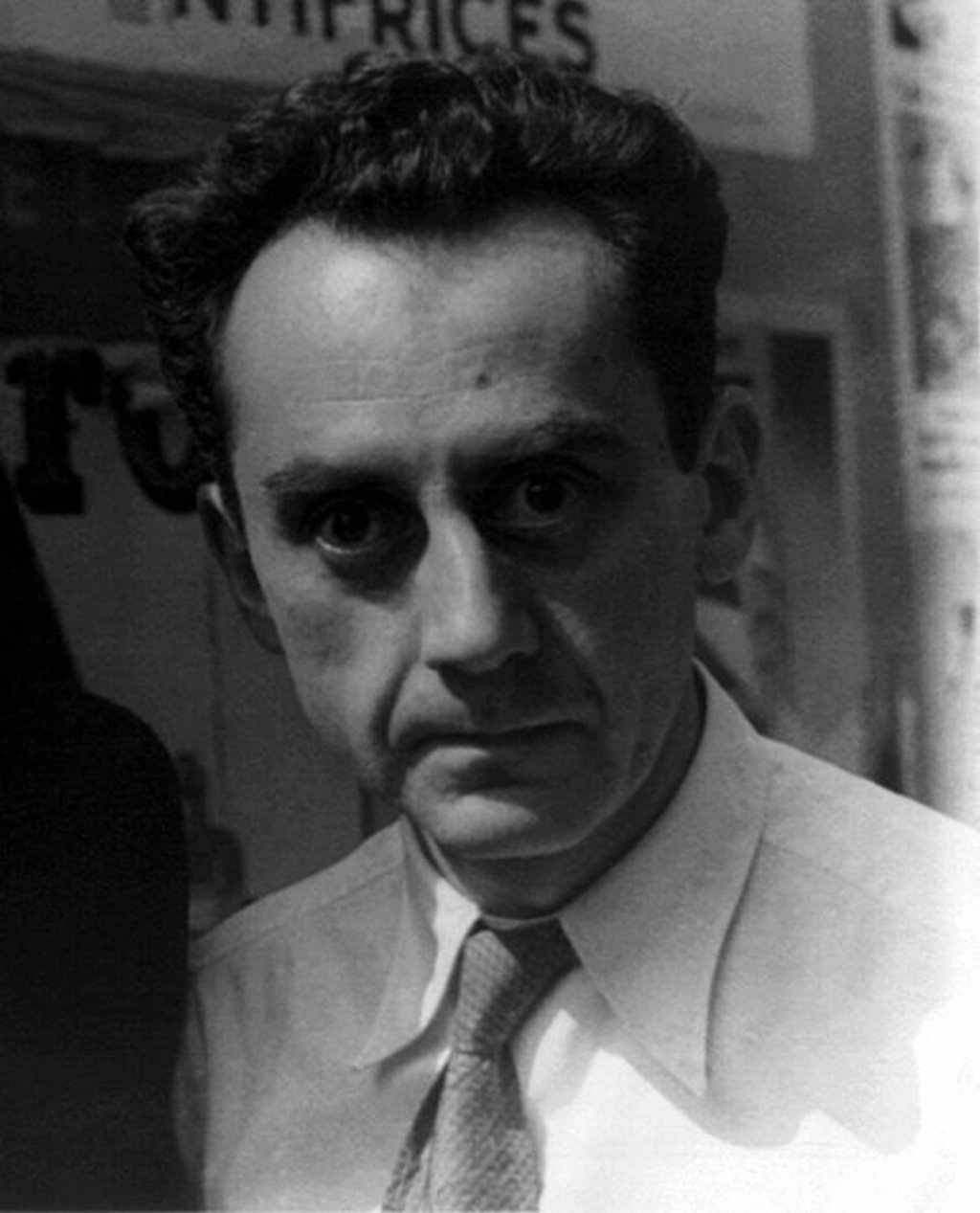
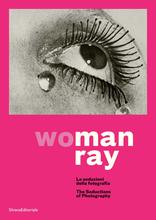
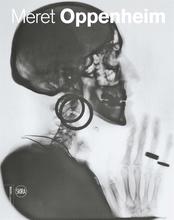
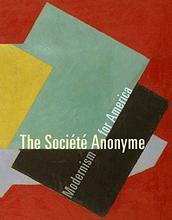
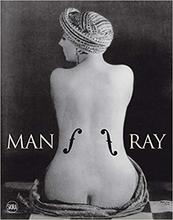

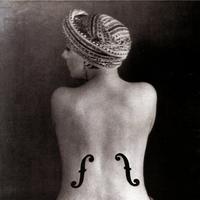
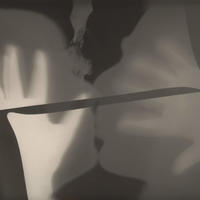
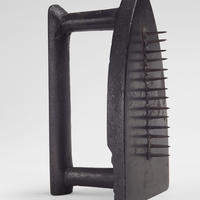









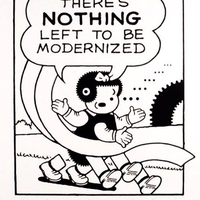
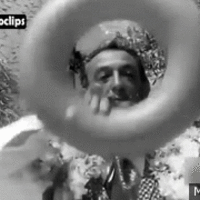
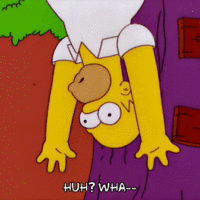
WE WERE BORN İN THE SAME DAY AND HE DİED WHERE I WOULD WANT TO DİE.